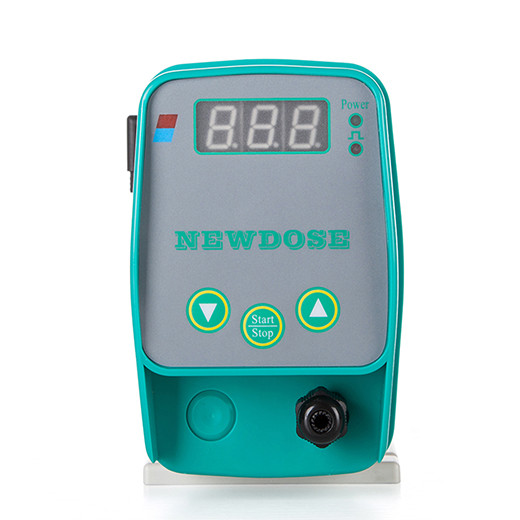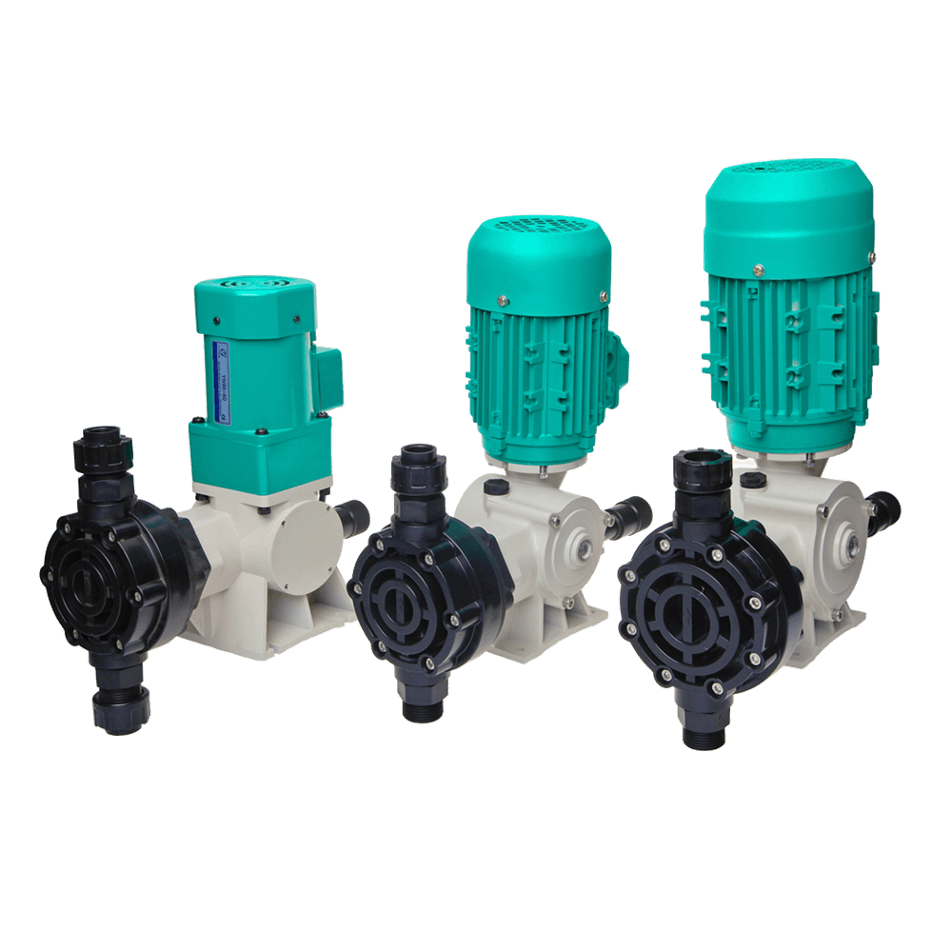Alkali-resisting metering pumps are used to transport liquids that do not contain solid particles, are corrosive, and have a viscosity similar to water, and can also transport viscous liquids. Its marking, rated performance and size are adopted to meet high requirements and high standards. It also has the characteristics of wide performance range, high efficiency and convenient maintenance with high level of institutionalization, standardization and routinization. But what causes water leakage in the alkali-resisting metering pump? One possibility is the wear of the dynamic and static ring surfaces of the mechanical seal.
The first reason is that the installation is too tight. You can observe the dynamic and static ring surfaces of the mechanical seal. If there is severe scorching, the surface becomes black with deep marks, the sealing rubber becomes hard and loses elasticity, the phenomenon of which is caused by over-tightening. Our solution is to adjust the installation height. After the impeller is installed, use a screwdriver to pull the spring. Because the spring has a strong tension, it will reset after loosening with 2-4MM moving distance.
The second reason is that the installation is too loose. To observe the plane of the mechanical seal and the static ring, there is a thin layer of scale on the surface, which can be wiped off. If the surface is basically free of wear, it should be caused by the loss of elasticity of the spring and poor assembly or the axial movement of the motor.
The third reason is that poor water quality contains particles. Due to poor water quality, small glumes and high hydrochloride content in the medium. Thus, the flat surface of the abrasive wear machine seal or the strained surface will produce grooves and ring grooves. At this time, you should improve water pressure or medium and replace mechanical seal.
The fourth reason is wear and tear caused by running without water. This phenomenon is mostly seen in the negative pressure at the inlet of the bottom valve installation form while both the inlet pipe and the pump cavity has air. After the pump is turned on, the friction of the mechanical seal will generate high temperature when running at high speed which cannot be cooled. At this time, you should check the mechanical seal and make sure that the spring tension is normal. If the friction surface is burnt and blackened, and the rubber hardened and cracked, you should exhaust the air in the tunnel and pump cavity and replace the mechanical seal.
The fifth reason is the assembly problem. When installing the pump cover, it may not be installed flat, causing the shaft and the pump cover not to be perpendicular or the dynamic and static planes to not match. If the startup time is not long, unilateral wear and water seepage may be causes. It is also possible to damage the rubber parts or bump the surface of the static and dynamic rings when installing the static and dynamic rings. Thus, it should be removed and reinstalled to check whether the pump cover is installed flat.
 English
English  Español
Español  한국어
한국어  français
français  Deutsch
Deutsch  русский
русский  português
português  العربية
العربية  tiếng việt
tiếng việt  Türkçe
Türkçe  ไทย
ไทย 






